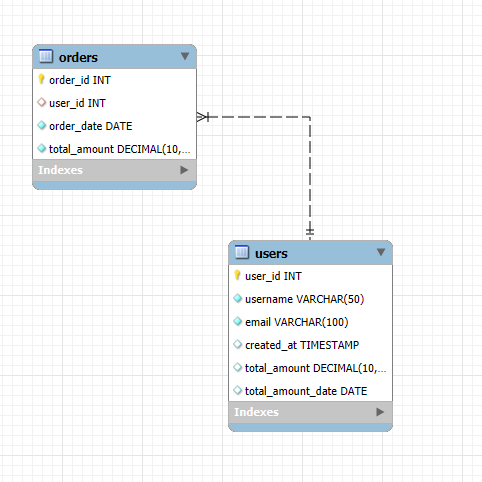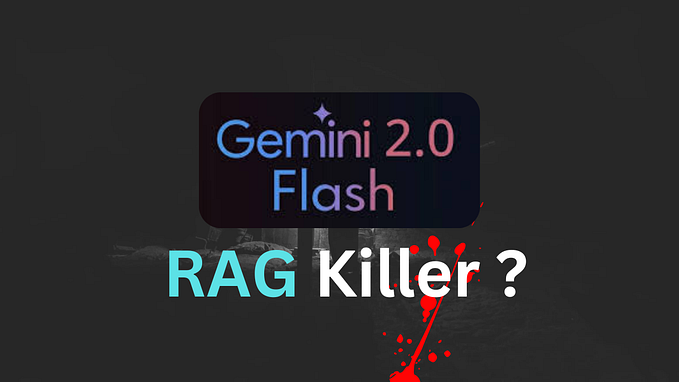Understanding Mongoose connection options
useNewUrlParser :
- The underlying MongoDB driver has deprecated their current connection string parser. Because this is a major change, they added the
useNewUrlParserflag to allow users to fall back to the old parser if they find a bug in the new parser. You should setuseNewUrlParser: trueunless that prevents you from connecting. - Note that if you specify
useNewUrlParser: true, you must specify a port in your connection string, likemongodb://localhost:27017/dbname. - The new url parser does not support connection strings that do not have a port, like
mongodb://localhost/dbname.
useCreateIndex :
- False by default. Set to
trueto make Mongoose's default index build usecreateIndex()instead ofensureIndex()to avoid deprecation warnings from the MongoDB driver.
useFindAndModify:
- True by default. Set to
falseto makefindOneAndUpdate()andfindOneAndRemove()use nativefindOneAndUpdate()rather thanfindAndModify().
useUnifiedTopology:
- False by default. Set to
trueto opt in to using the MongoDB driver's new connection management engine. You should set this option totrue, except for the unlikely case that it prevents you from maintaining a stable connection.
promiseLibrary:
- Sets the underlying driver's promise library.
poolSize:
- The maximum number of sockets the MongoDB driver will keep open for this connection. By default,
poolSizeis 5. Keep in mind that, as of MongoDB 3.4, MongoDB only allows one operation per socket at a time, so you may want to increase this if you find you have a few slow queries that are blocking faster queries from proceeding. Search Slow Trains in MongoDB and Node.js.
socketTimeoutMS
- How long the MongoDB driver will wait before killing a socket due to inactivity after initial connection. A socket may be inactive because of either no activity or a long-running operation. This is set to
30000by default, you should set this to 2-3x your longest running operation if you expect some of your database operations to run longer than 20 seconds.
family:
- Whether to connect using IPv4 or IPv6. This option passed to Node.js'
dns.lookup()function. If you don't specify this option, the MongoDB driver will try IPv6 first and then IPv4 if IPv6 fails. If yourmongoose.connect(uri)call takes a long time, trymongoose.connect(uri, { family: 4 })
authSource:
- The database to use when authenticating with
userandpass. In MongoDB, users are scoped to a database. If you are getting an unexpected login failure, you may need to set this option.
The following options are important for tuning Mongoose only if you are running without the useUnifiedTopology option:
autoReconnect- The underlying MongoDB driver will automatically try to reconnect when it loses connection to MongoDB. Unless you are an extremely advanced user that wants to manage their own connection pool, do not set this option tofalse.reconnectTries- If you're connected to a single server or mongos proxy (as opposed to a replica set), the MongoDB driver will try to reconnect everyreconnectIntervalmilliseconds forreconnectTriestimes, and give up afterward. When the driver gives up, the mongoose connection emits areconnectFailedevent. This option does nothing for replica set connections.reconnectInterval- SeereconnectTriesbufferMaxEntries- The MongoDB driver also has its own buffering mechanism that kicks in when the driver is disconnected. Set this option to 0 and setbufferCommandstofalseon your schemas if you want your database operations to fail immediately when the driver is not connected, as opposed to waiting for reconnection.connectTimeoutMS- How long the MongoDB driver will wait before killing a socket due to inactivity during initial connection. Defaults to 30000. This option is passed transparently to Node.js'socket#setTimeout()function.
The following options are important for tuning Mongoose only if you are running with the useUnifiedTopology option:
serverSelectionTimeoutMS- WithuseUnifiedTopology, the MongoDB driver will try to find a server to send any given operation to, and keep retrying forserverSelectionTimeoutMSmilliseconds. If not set, the MongoDB driver defaults to using30000(30 seconds).heartbeatFrequencyMS- WithuseUnifiedTopology, the MongoDB driver sends a heartbeat everyheartbeatFrequencyMSto check on the status of the connection. A heartbeat is subject toserverSelectionTimeoutMS, so the MongoDB driver will retry failed heartbeats for up to 30 seconds by default. Mongoose only emits a'disconnected'event after a heartbeat has failed, so you may want to decrease this setting to reduce the time between when your server goes down and when Mongoose emits'disconnected'. We recommend you do not set this setting below 1000, too many heartbeats can lead to performance degradation.
The serverSelectionTimeoutMS option also handles how long mongoose.connect() will retry initial connection before erroring out. With useUnifiedTopology, mongoose.connect() will retry for 30 seconds by default (default serverSelectionTimeoutMS) before erroring out. To get faster feedback on failed operations, you can reduce serverSelectionTimeoutMS to 5000







